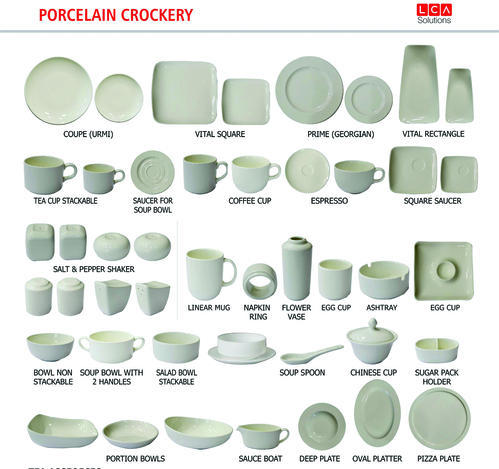The restaurant staff is the front-line staff expected to manage, serve and satisfy clients walking in for food and beverage dining experience at a price. The restaurant staff should be extremely well groomed projecting high standards of hygiene, sanitation, professionalism and style while handling clients.
With combination of soft skills (verbal and non verbal) the F&B staff is expected to meet with all customer needs starting from taking order for choice of food and beverages, to serving them with joy, clearing the table and settling the bill to taking improvement feedback and seeing off them.
2. Announce your name and welcome them with the name of the F&B outlet.
3. Call guest by name if regular to the outlet.
4. Offer assistance.
5. Be polite and courteous through the conversation.
6. Walk the guest to the table and help the ladies seat first.
7. Provide extra cushions or special chairs for children.
8. When speaking to a guest do not interrupt him/her if he/she is speaking to another guest.
9. Do not overhear conversations.
10. Avoid mannerisms such as touching hair, scratching, nose picking, etc.
11. Stand straight and at all times.
12. Gentle bow at the time of service is permissible.
13. Never slouch or lean.
14. Remember the preference of guest such as the favourite dish and remind them that you know; ascertain whether he/ she would like to order it again.
15. Be attentive to guest call and attend enthusiastically.
16. Offer to light a cigarette for a guest.
17. Avoid arguments with guest or staff in the restaurant.
18. Always carry pen in the pocket.
19. Desist chewing gums, beetle leafs (paan) or smoking.
20. Never talk with colleagues unnecessarily or group around the sideboard.
21. Avoid soliciting for tips.
With combination of soft skills (verbal and non verbal) the F&B staff is expected to meet with all customer needs starting from taking order for choice of food and beverages, to serving them with joy, clearing the table and settling the bill to taking improvement feedback and seeing off them.
The etiquette that a waiter exhibits in a restaurant should comprise the following:
1. Receiving guest promptly with warm smile and wishing them.2. Announce your name and welcome them with the name of the F&B outlet.
3. Call guest by name if regular to the outlet.
4. Offer assistance.
5. Be polite and courteous through the conversation.
6. Walk the guest to the table and help the ladies seat first.
7. Provide extra cushions or special chairs for children.
8. When speaking to a guest do not interrupt him/her if he/she is speaking to another guest.
9. Do not overhear conversations.
10. Avoid mannerisms such as touching hair, scratching, nose picking, etc.
11. Stand straight and at all times.
12. Gentle bow at the time of service is permissible.
13. Never slouch or lean.
14. Remember the preference of guest such as the favourite dish and remind them that you know; ascertain whether he/ she would like to order it again.
15. Be attentive to guest call and attend enthusiastically.
16. Offer to light a cigarette for a guest.
17. Avoid arguments with guest or staff in the restaurant.
18. Always carry pen in the pocket.
19. Desist chewing gums, beetle leafs (paan) or smoking.
20. Never talk with colleagues unnecessarily or group around the sideboard.
21. Avoid soliciting for tips.







